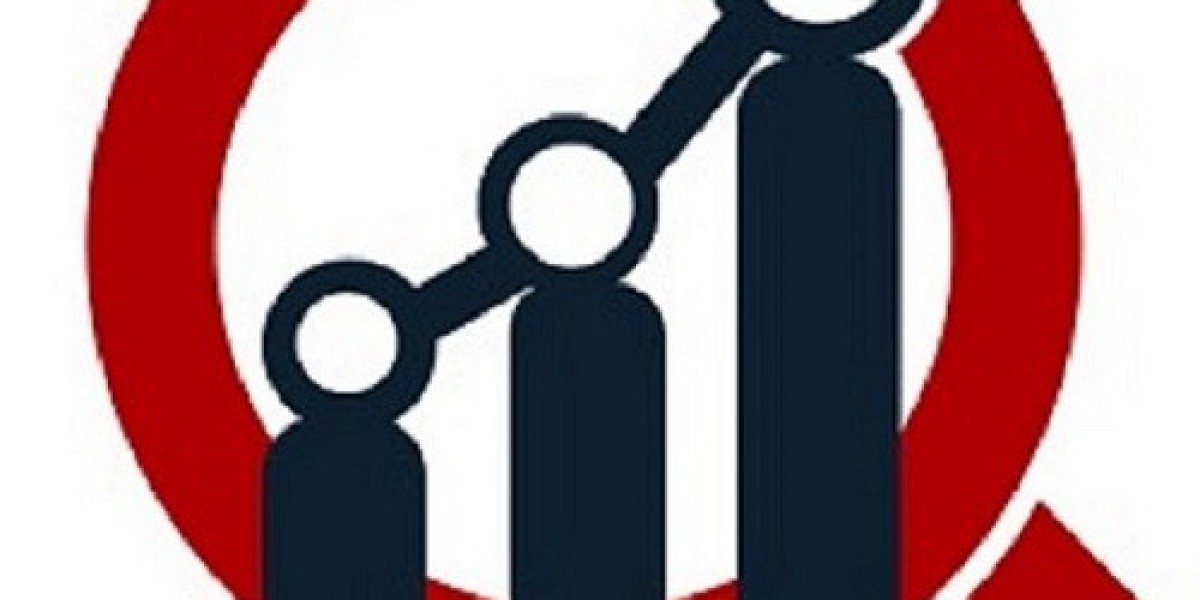AI-Powered AOI – Transforming Quality Assurance in Precision Manufacturing
In an era where micro-defects can disrupt entire systems, the Automated Optical Inspection (AOI) System Market stands at the forefront of high-precision quality control. AI-driven AOI systems now extend beyond basic visual scanning to deliver predictive insights, real-time anomaly detection, and smarter production workflows—all essential for high-tech electronics, automotive, and industrial sectors.
How Artificial Intelligence Enhances AOI Systems
Today’s AOI platforms combine high-resolution imaging with deep learning algorithms to evolve their inspection capabilities over time. AI-enabled systems can autonomously identify complex defects—ranging from micro-cracks, solder voids, or placement errors—while continually refining detection parameters based on historical inspection data.
Through AI-based anomaly classification, these solutions reduce false positives, improve yield, and shorten time-to-detection, all without human intervention.
3D Inspection: Beyond Surface-Level Accuracy
While standard 2D AOI can detect surface anomalies, 3D AOI enables volume and height measurements, providing deeper insight into component placement and solder quality. In high-density and multi-layered board assemblies, 3D AOI delivers the depth of inspection required to ensure functional reliability and long-term performance.
Cross-App Sector Deployment
Modern AOI systems support a wide array of use cases:
PCB and SMT Assembly: Ensuring precision in components and solder joints.
Automotive Electronics: Checking ADAS, battery modules, and safety-critical electronics.
Medical and Aerospace: Validating small-scale components where performance is non-negotiable.
Hybrid IoT Devices: Verifying ultra-miniaturized assemblies used in wearable and sensor technology.
Connected Inspection and Smart Factory Integration
AOI machines now serve as key nodes in data-rich, automated factory environments. With integration into Manufacturing Execution Systems (MES) and IoT networks, AOI systems enable:
Real-time dashboards for defect tracking and trend analysis
Auto-generated quality reports and regulatory traceability
Predictive maintenance alerts to minimize unplanned downtime
Data synchronization across facilities and global production lines
Scalable and Flexible AOI Architectures
Modern AOI solutions are designed to scale—from inline high-volume inspection to modular station-based deployment for niche product lines. This flexibility allows factories to adapt as production requirements evolve, adopting new product variants with minimal reconfiguration.
Edge-processing capabilities combined with intuitive user interfaces also reduce setup time and improve operator adoption.



